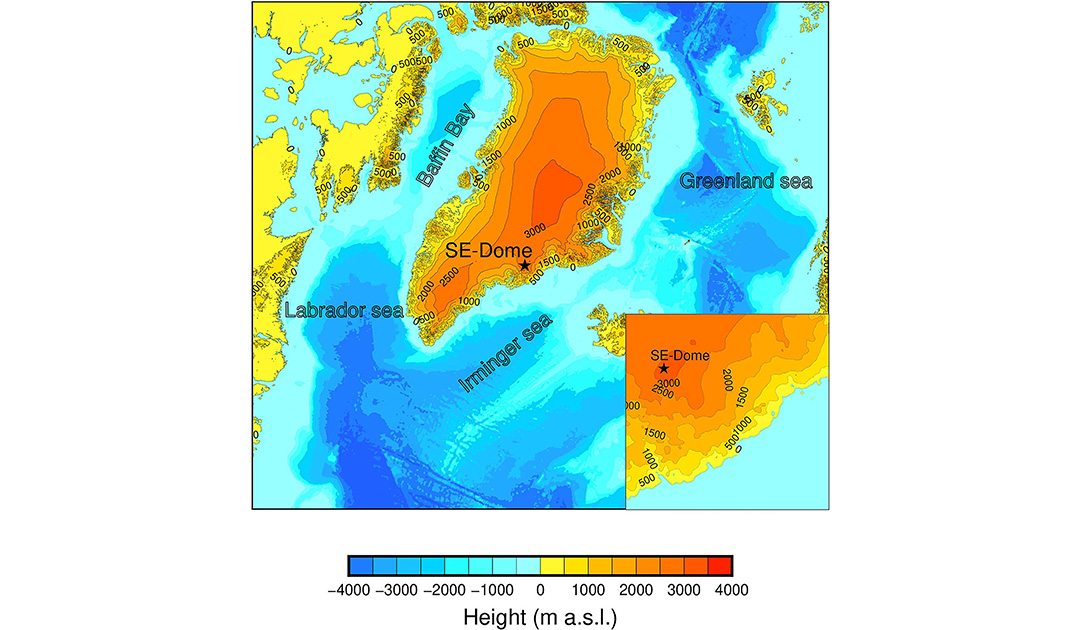
Treibhausgase tragen natürlicherweise zum sogenannten Treibhauseffekt bei und sorgen dafür, dass ein Teil der von Erdoberfläche abgegebenen Wärmestrahlung in der Atmosphäre verbleibt. Die anthropogenen Emissionen von Treibhausgasen, insbesondere von CO2, verstärken den natürlichen Treibhauseffekt und treiben somit den globalen Klimawandel an. Doch es gibt auch Gase, die als «Anti-Treibhausgase» bezeichnet werden, die die Wolkenbildung fördern und die Sonneneinstrahlung blockieren. Eines dieser Gase ist Dimethylsulfid. Ein japanisches Forscherteam hat jetzt herausgefunden, dass seine Konzentration seit etwa 20 Jahren in der arktischen Atmosphäre ansteigt.
Dimethyl sulfide (DMS) is responsible for the typical smell of the sea. It is formed in the oceans by phytoplankton and is dissolved in large quantities in surface water. Globally, about 30 million metric tons of it are released into the atmosphere each year, where it oxidizes to sulfur dioxide and sulfuric acid. The latter condenses into droplets that serve as condensation nuclei for cloud formation. The clouds block solar radiation and thus lower the temperature of the sea surface. DMS can thus play an important role in regulating the Earth’s climate.

Researchers at Hokkaido University have reconstructed atmospheric DMS concentrations over a 55-year period using ice cores from the southeast Greenland ice sheet and compared them to sea ice cover around Greenland over the same period. Their findings were published in the journal Nature Communications Earth & Environment.
Arctic sea ice retreat could lead to increased DMS emissions, which modeling studies have long indicated. But direct evidence has been lacking. Therefore, the research team examined the DMS concentrations by determining the concentration of the related compound methanesulfonic acid (MSA) in the ice cores. MSA is formed directly from DMS and serves as a stable indicator of DMS concentration.

The researchers reconstructed the annual and seasonal MSA flux from 1960 to 2014. They found that annual MSA concentrations decreased from 1960 to 2001, but increased significantly after 2002.
“We found that July to September MSA fluxes were three to six times higher between 2002 and 2014 than between 1972 and 2001,” says Sumito Matoba, assistant professor at Hokkaido University and co-author of the study. “We attribute this to the earlier retreat of sea ice in recent years.”
Satellite data that recorded levels of the plant pigment chlorophyll-a in surrounding marine areas support the findings. Chlorophyll-a serves as an indicator of phytoplankton density, which in turn should correlate well with the amount of DMS released by phytoplankton.

Rapidly rising temperatures in the Arctic are causing summer sea ice to become less extensive, increasing the amount of light hitting the ocean and promoting phytoplankton growth.
These results provide important confirmation of the changing DMS levels. But Matoba stresses that long-term, continuous monitoring of aerosols is needed. “This will be essential to follow the current impact, and predict future impacts, of dimethyl sulfide emissions on the global climate,” he says.
Julia Hager, PolarJournal
More on the subject:





